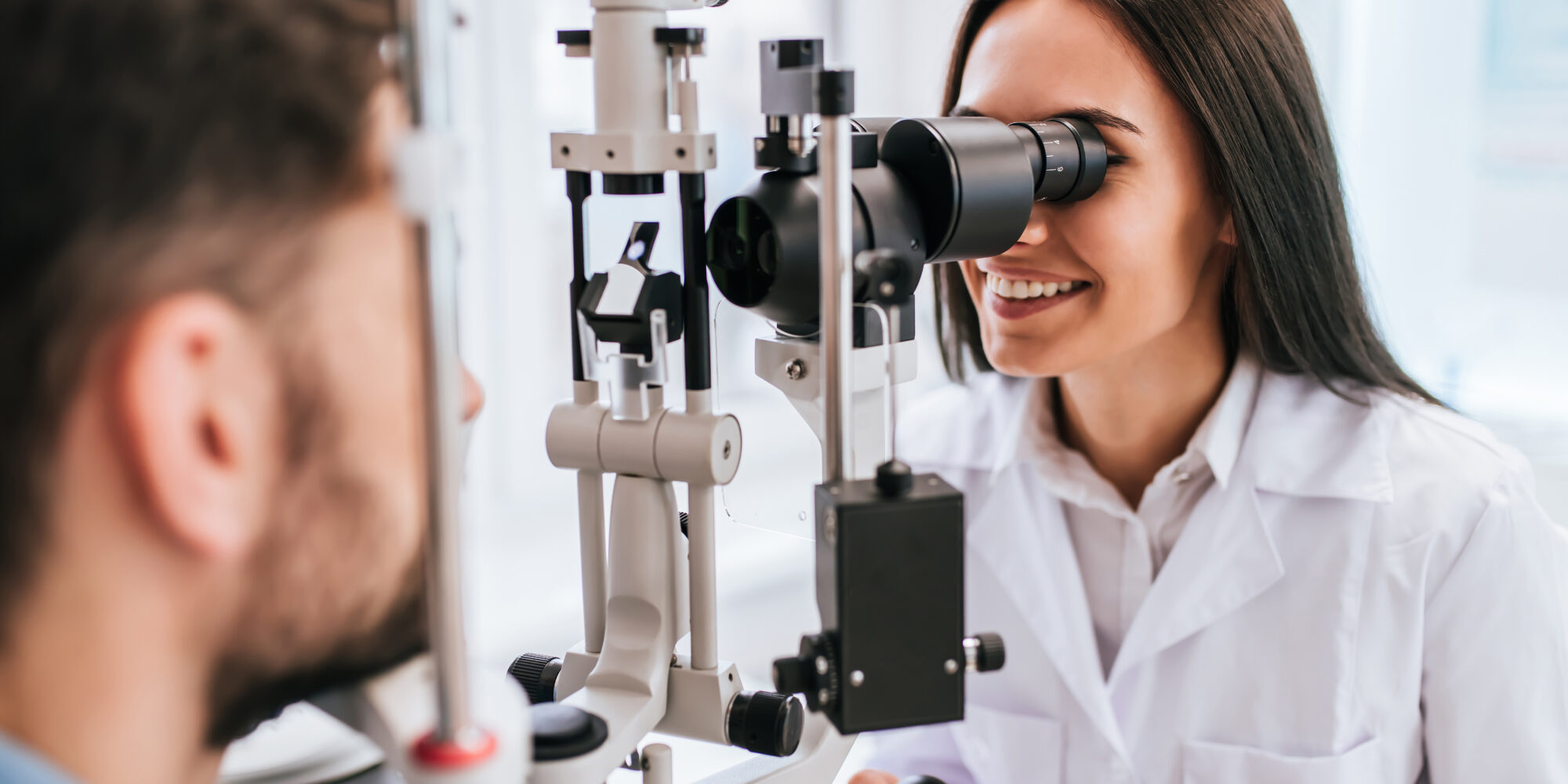
The government has given the Parliament of Finland a proposal on changing the care guarantee. In basic health care, the care guarantee would be primarily shortened from three months to seven days. The Finnish Association of Vision and Eyecare NÄE ry thanks the government for the proposal to improve access to care, but notes that, in terms of eye health, the implementation of the care guarantee requires connecting the network of opticians as part of the service path.
“Currently, public eye disease care queues are chronically long in almost the entire country, right at the upper limit of the care guarantee limits and often beyond. The implementation of the seven-day care guarantee in primary health care for eye symptoms would significantly increase the burden on specialised medical care. In this regard, the implementation of the care guarantee requires an extraordinary amount of planning and foresight”, says Panu Tast, CEO of The Finnish Association of Vision and Eyecare NÄE ry.
Basic eye health services in Finland are heavily based on the services of a private network of opticians. The public sector has historically produced only special level services. Therefore, the capacity of the private sector is a key factor in achieving the set goal for primary care patients suffering from eye symptoms.
“A bottleneck is formed as a result of the ability of social and health stations to make an appropriate assessment of the need for care for those suffering from eye symptoms. There are often no professionals capable of this in primary health care, and, in the case of eye diseases, the assessment of the need for care often cannot be carried out via a remote consultation. There is also a lack of research tools. For example, tools for distinguishing retinal and vitreous detachments are not found in public primary health care,” says Tast.
According to the current act, the need for care must be assessed within three days of contact. In the future, the assessment of the need for care should be done during the same weekday when the patient contacts the operating unit. Näe ry proposes that opticians and their optometrists and ophthalmologists be used to assess the need for care for those suffering from eye problems.
“When ophthalmologists and optometrists are not actually available on the public side, it is worthwhile involving private service units, for example, according to the Scottish model. A service voucher, for example, can serve as a practical tool. The solution is already supported by the obligation of welfare areas included in the government’s proposal to organize their activities so that patients have an actual opportunity to receive services within the regulated deadlines. The proposal also states that if a welfare area is unable to provide care itself within the maximum times set by law, it must acquire services from other service providers,” notes Tast.
More information: Panu Tast, CEO, The Finnish Association of Vision and Eyecare NÄE ry, tel. +358 40 5422 227, panu.tast@naery.fi


